No matter how much we plan for tomorrow, some things are just out of our control. The universe always retains a certain level of uncertainty, and every once in a while, it unfolds in the most unexpected ways.
The Instagram account ‘Oddly Horrifying’ captures those moments, and scrolling through them feels like entering a forbidden corridor of the internet, where reality starts glitching, and you no longer know what’s real and what isn’t.
It’s a reminder that beneath the surface of the ordinary, there’s (a little) chaos waiting to burst out.
More info: Instagram
#1

#2

When scrolling through such posts, we need to keep ourselves in check. On one hand, engaging with frightening media and the emotions it creates in a safe setting can help people alleviate anxiety and build psychological resilience.
On the other hand, research by Dr. Coltan Scrivner and Dr. Joe Stubbersfield shows that a heightened interest in learning about threats can also lead people to become more interested in less constructive types of stories, such as conspiracy theories.
#3
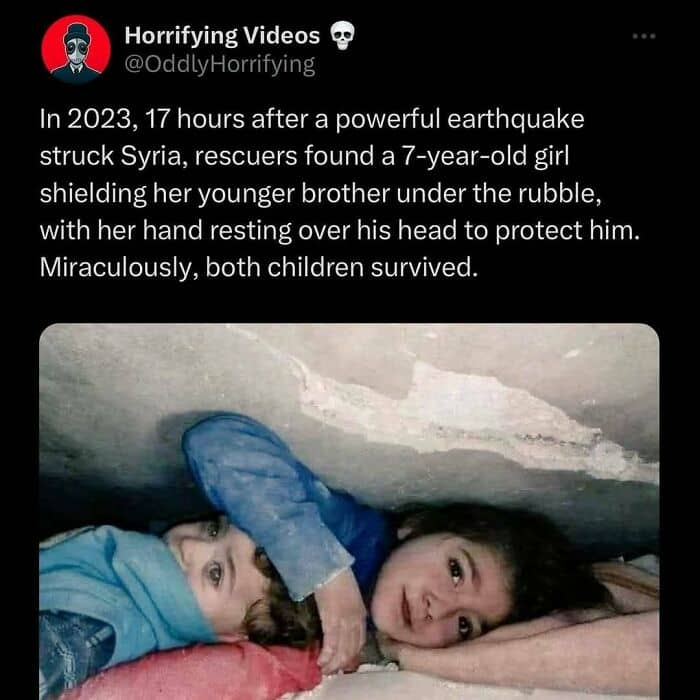
#4
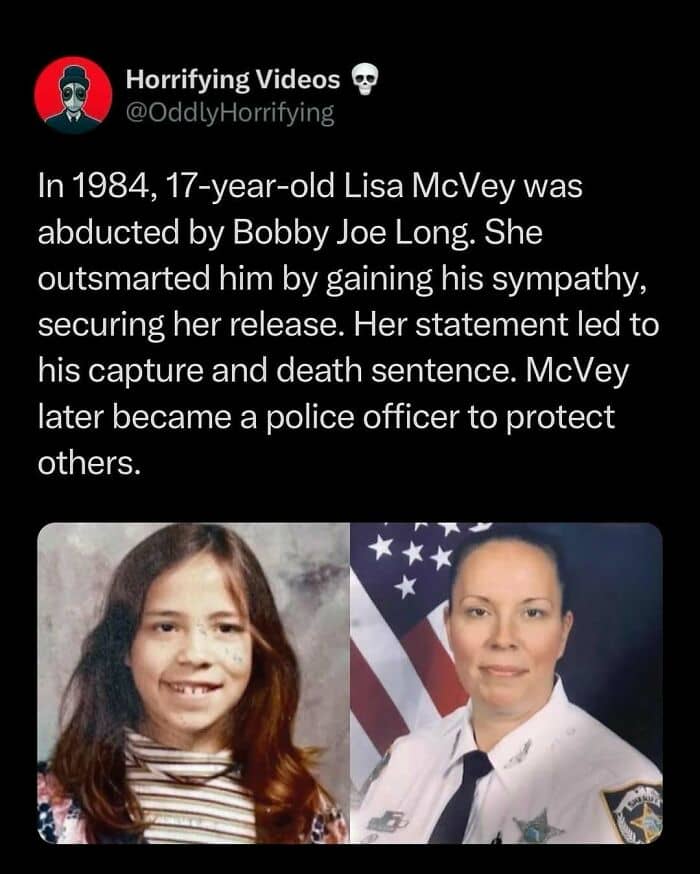
#5

“From blood-harvesting Satanists who stealthily run the world to shapeshifting alien lizards invading the world, conspiracy theories often offer alternative explanations of unsettling events,” the academics wrote.
“They all centre [on the idea] that a malicious group of people is behind strange or political happenings. Conspiracy theories have another thing in common—they go against mainstream explanations and lack concrete evidence.”
#6

#7

#8

#9

To investigate this link, Scrivner and Stubbersfield ran three studies. Each one had different groups of participants, with a close to 50/50 split in genders.
The first study was designed to find out if morbid curiosity is linked with higher belief in conspiracy theories.
“Using the morbid curiosity scale and the generic conspiracist beliefs scale, we found that the more morbidly curious people were, the higher their general belief in conspiracy theories,” the researchers said.
#10
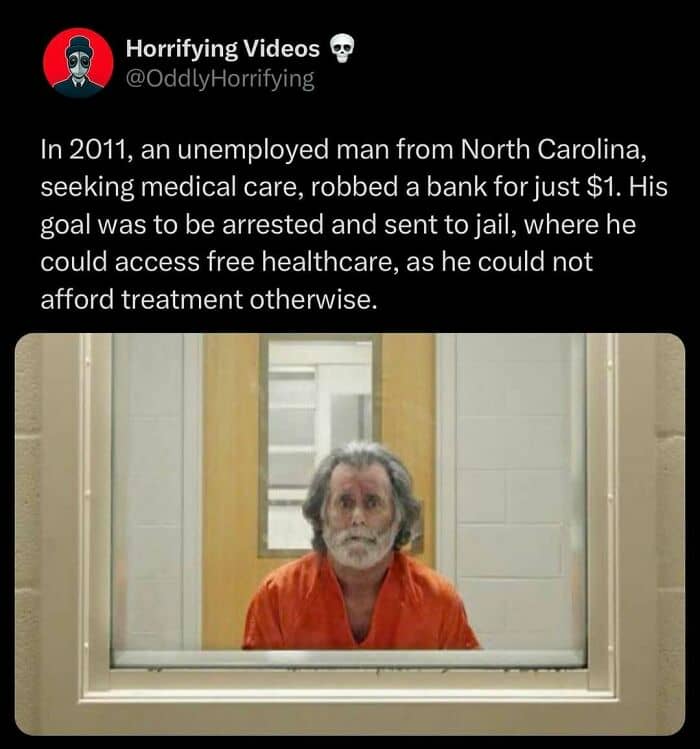
#11

#12
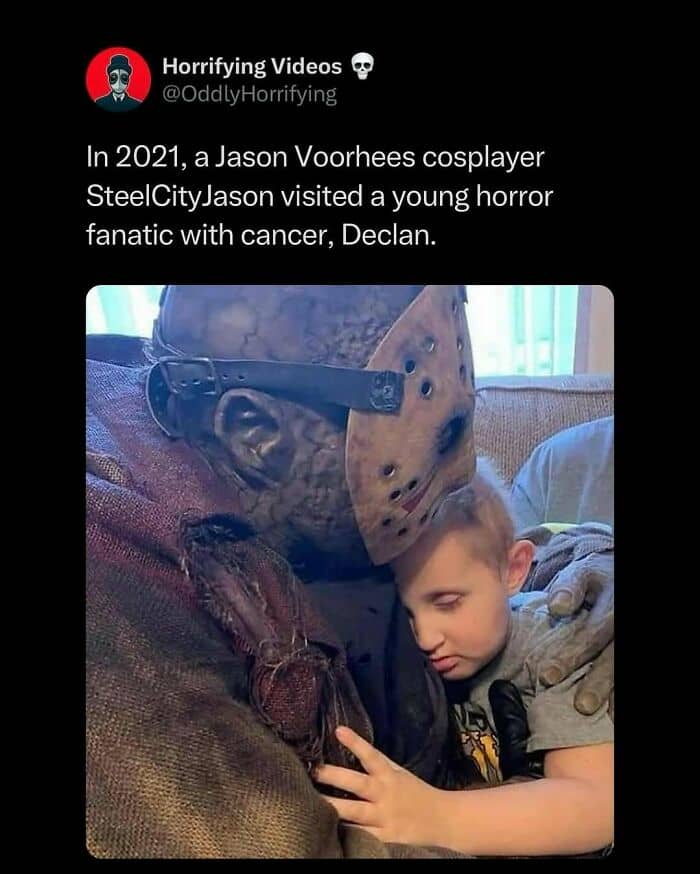
For the second study, Scrivner and Stubbersfield tested whether the link between morbid curiosity and interest in conspiracy theories was driven by people’s perception of threats.
“We had people rate how threatening they felt several explanations of events were. The events included both mainstream and conspiratorial explanations of the same thing, such as whether aeroplane contrails are water vapour or harmful ‘chemtrails.’ We found that the higher people’s morbid curiosity, the higher they perceived the threat in conspiratorial explanations,” they said.
#13

#14

#15
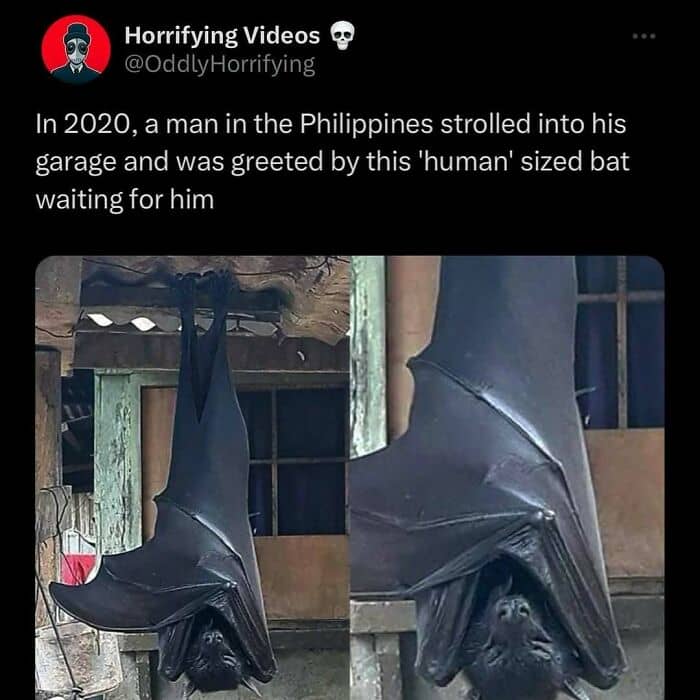
For the final study, the researchers investigated whether morbid curiosity makes people more likely to seek out conspiracy theories as explanations for events. To do that, they asked the participants to pick between a series of paired descriptions, choosing which of the pair they would like to learn more about.
Some were morbid and non-morbid pairs, such as seeing either a photo of a man who ate his girlfriend, or a photo of a man who saved his friend from drowning. Others were conspiratorial and mainstream explanations of the same event, such as the Titanic sinking – because it struck an iceberg vs. being deliberately sunk in an insurance scam.
“We found that the more morbidly curious people were in their choices (such as choosing to view the photo of the man who k****d his girlfriend), the more likely they were to be interested in conspiratorial explanations,” the researchers highlighted.
#16

#17

#18

#19
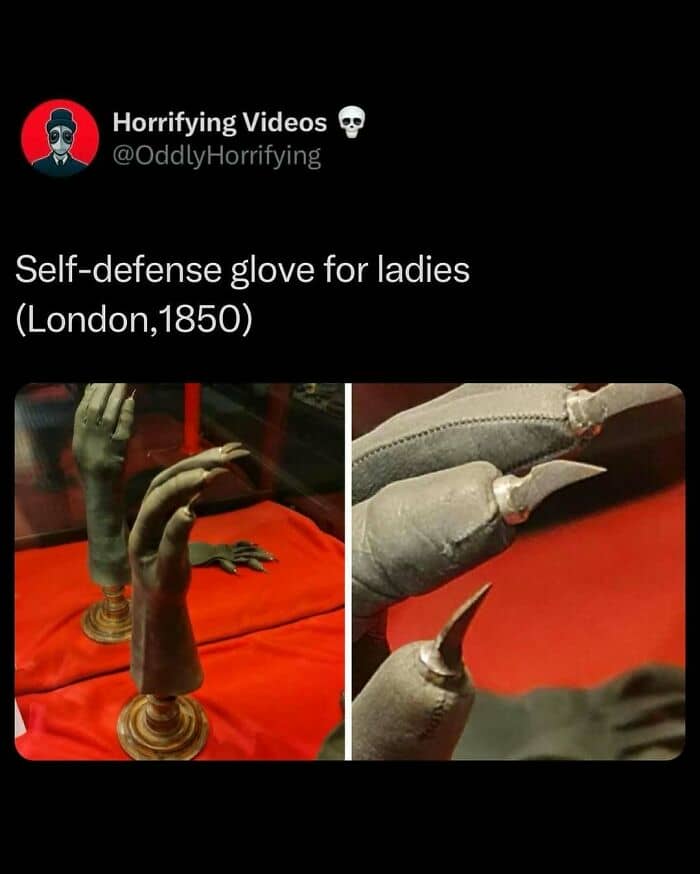
Across these three studies, morbidly curious people were more likely to have general conspiracist beliefs, perceive conspiracy theories to be more threatening, and display a stronger interest in learning more about conspiratorial explanations.
“Understanding events in our complex, modern world can be challenging, and may lead us to be alert to potential threats, tapping into our ancient morbid curiosity,” Scrivner and Stubbersfield concluded. “Morbid curiosity is not inherently bad, but an increased interest in learning about the dangers presented in conspiracy theories can reinforce beliefs that the world is a dangerous place.”
This can create a feedback loop that increases anxiety and drives people further down the rabbit hole of conspiracy theories.
#20
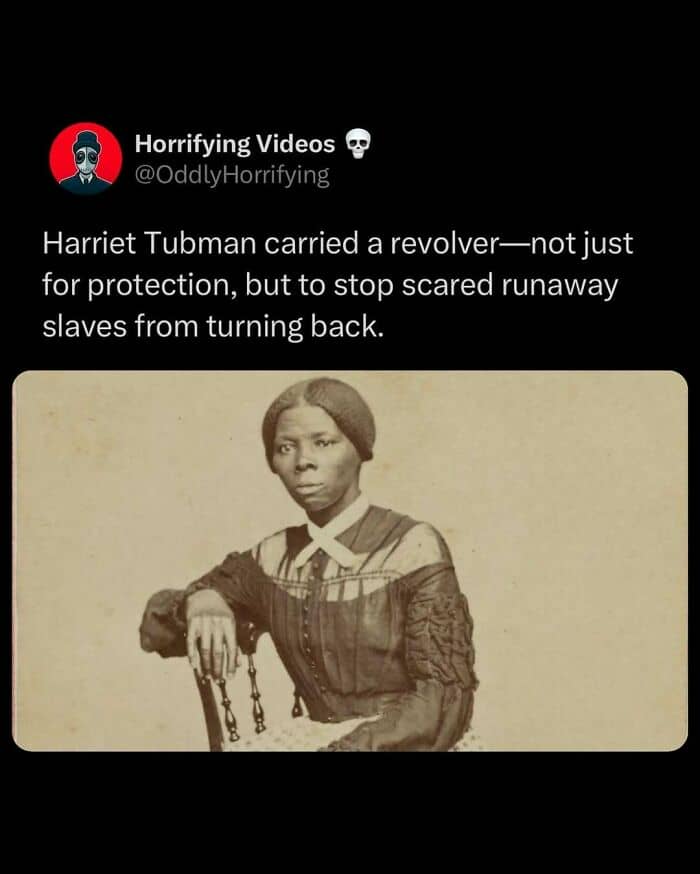
#21

#22

#23

#24
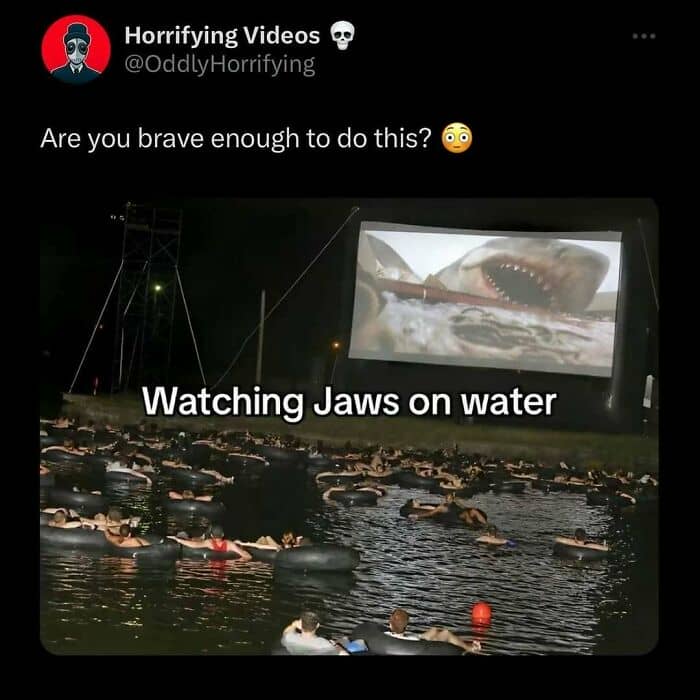
#25

#26

#27

#28

#29

#30

#31

#32

#33

#34
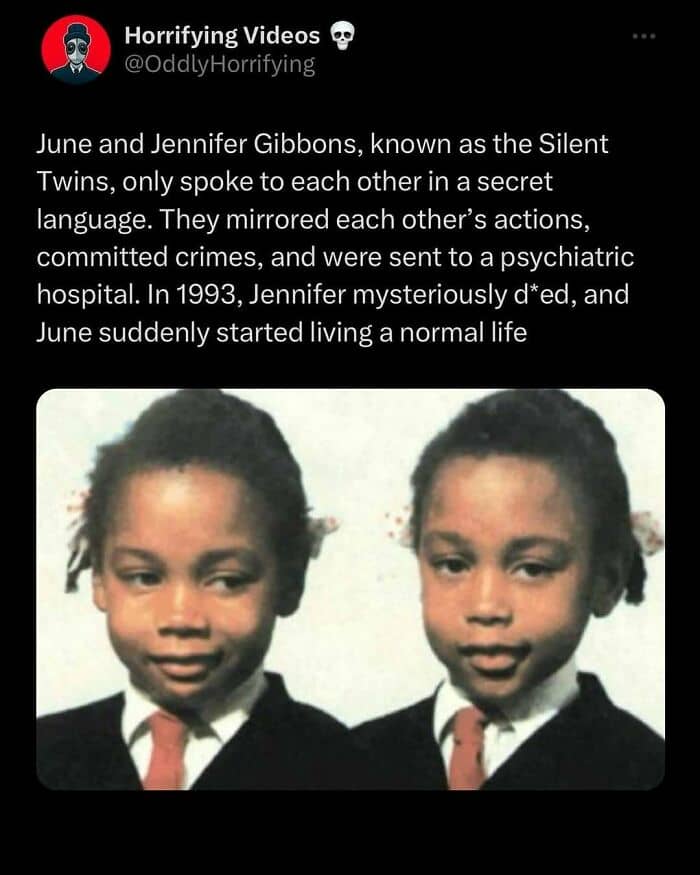
#35

#36

#37

#38

#39

#40

#41

#42

#43

#44

#45

#46

#47

#48

#49

#50

Note: this post originally had 74 images. It’s been shortened to the top 50 images based on user votes.